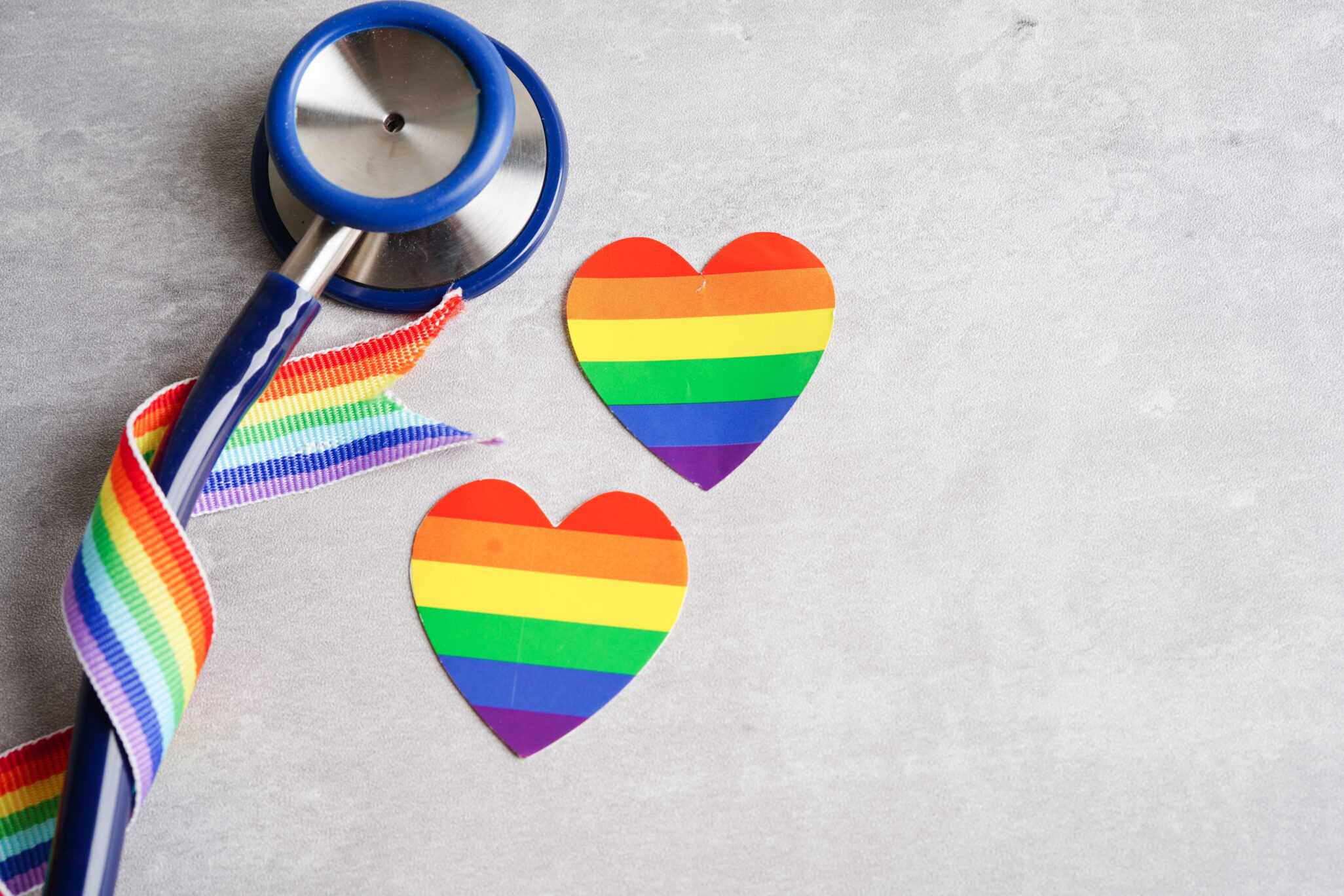June 12, 2023
Why Inclusive Language Matters in Prostate Cancer Care for Gay Men

Adopting inclusive language around race, ethnicity, physical ability, and sexual orientation reduces inequities and fosters acceptance. Inclusive language is an effective tool for establishing trust in a doctor-patient relationship, thereby supporting improved healthcare outcomes.
A patient is more at ease when their doctor really sees and understands them. It creates significant harm when healthcare staff make lifestyle assumptions or use language that excludes certain groups of people.
There are important opportunities to promote more inclusive language for gay and bisexual patients getting regular prostate cancer screenings.
Heterosexuality is not always the case
There are particular challenges for gay and bisexual men when it comes to discussing prostate cancer and undergoing screening and treatment. These patients often face disparities in accessing medical care, in part due to longstanding exclusive language that present barriers to meaningful doctor-patient interactions.
Failing to ask about sexual orientation, or assuming a patient is heterosexual creates an exclusionary boundary for gay and bisexual men in the medical setting. These patients “may experience prostate cancer treatment as heteronormative,” and gay and bisexual men who have prostate cancer “report that healthcare providers fail to ask about sexual orientation during initial consultations, may assume they are not sexually active, and/or assume they are heterosexual.”
Medical mistrust of gay men
Medical mistrust in the Black community is well documented, and statistics are surfacing related to gay community. 16% of LGBTQ+ adults report having experienced discrimination at the doctor’s office or in another healthcare setting. Additionally, gay and bisexual men of a certain age are more skeptical of the medical establishment than their heterosexual peers. A New York Times article notes, “The gay and bisexual men in their 50s and 60s who are now entering the prime demographic for prostate cancer also lived through the worst of the AIDS epidemic. That experience has left many of them more experienced in dealing with the medical establishment and more distrustful of it.”
Health implications for gay men
Gay men may feel their health matters less, avoid seeing care and/or hold back necessary information if their providers do not utilize inclusive terminology. The California Health Interview Survey, the nation’s largest state health survey, shows that gay and bisexual men are less likely than heterosexual men to have had an up-to-date PSA test. Gay and bisexual African-American men have lower testing rates than either heterosexual African-American men or gay or bisexual white men. Also, only 62% of gay and bisexual men say that they are “out” to their primary care doctors.
Approach to care may vary as well. According to the Prostate Cancer Foundation, “The truth is that health concerns are very different between gay and bisexual and straight men. So are responses to treatment and their effects on quality of life, which can differ strikingly.” Doctors might think they are being “nonjudgmental,” yet avoiding the topic of sexual orientation may further alienate gay patients. Sexual side effects are often a major concern for men related to prostate cancer treatment. Since treatment’s sexual side effects for gay men play a different role than for heterosexual men, knowing sexual orientation is essential in thoroughly discussing options and potential side effects with a patient.
Inclusive language makes a difference
Choosing inclusive language is a simple and actionable step healthcare providers can take in making prostate cancer care more equitable regardless of sexual orientation. A small shift in language and approach can make a big impact, especially when taking a patient’s history. Initiating a conversation about sexuality and sexual preference with a patient can engender trust, providing the patient with reassurance that the environment is a safe and unprejudiced one. Some easy steps are:
- Modify intake questions to use non gender specific assuming language and to open the door to discuss sexual activity.
- Use nonbinary language—refer to a patient’s “spouse” or “partner” instead of “husband,” “wife,” “boyfriend,” or “girlfriend.”
- Maintain a non-judgemental consultation demeanor when listening to a patient’s lifestyle and/or choices
- Review signage around the office for imagery and language
- Raise awareness to all staff from front desk to the doctor
These seemingly small changes demonstrate to a patient an openness to diversity. By broaching the subject of sexual orientation openly as simply part of the routine set of demographic questions, healthcare providers can make a patient feel heard.
The more one uses inclusive language, the more natural it becomes. It improves relationships with individual patients specifically and helps reduce the stigma many gay and bisexual patients feel. The doctor’s office can be a welcoming and accepting place, which will encourage more people to access care – ultimately every providers’ goal. Patients will feel more at ease during screenings and less reticent about going to the doctor, which can improve health outcomes overall.